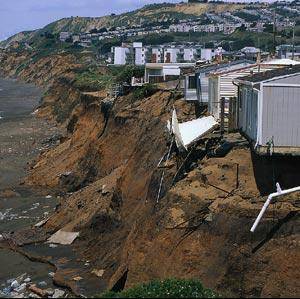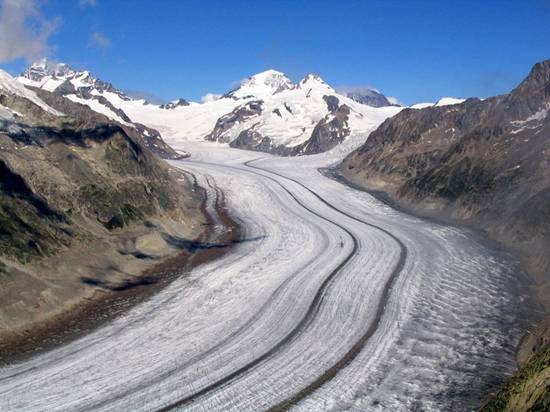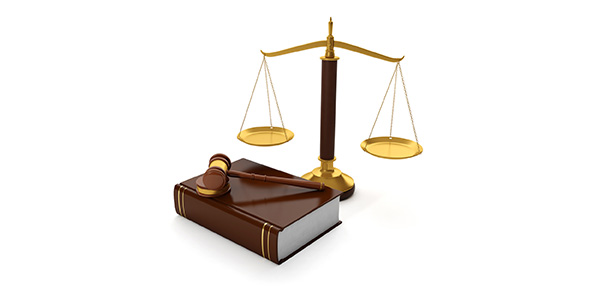Related Flashcards
Related Topics
Cards In This Set
| Front | Back |
|
Weathering
|
Process that changes rocks at Earth’s surfaceby breaking down rocks into smaller pieces
|
|
Mechanical Weathering
|
Physically breaking down rocks into smaller pieces. This changes a rocks size only.
|
|
Chemical Weathering
|
The breaking down of a rock by chemical means such as acid rain or rust on a car. This actually changes the substace from one thing to another.
|
|
Calcite
|
A mineral that bubbles (or weathers) when touched by acid rain. This can be found on page 16 of your reference tables.
|
|
Erosion
|
The carrying away of sediment once it has already been weathering. Erosion is MOVEMENT from one location to another.
|
 Beach Shore Erosion (wave erosion) |
When waves hit a shoreline, they carry sand and other sediment back out to the ocean. This can cause damage to beach houses and change the actual shape of the coastline.
|
 Wind Erosion |
When wind picks up light sediment and blows it towards another location. Think about "Out of the Dust." This can be a problem, because it strips away the top layer of farming soil.
|
|
Glacier
|
Naturally formed mass of ice that moves downhill slowly due to the force of gravity. It erodes the land as it moves.
|
 Glacial grooves |
Lines left behind on the ground due to dragging sediment from a glacier.
|
 U-Shaped Valley |
Shape made by a glacier as it moves and erodes downhill
|
|
Erratic Rock
|
A piece of rock that was deposited by a glacier that is completely different then any other type of rock found in that area. (ex: Igneous Rocks are found in the sedimentary-filled Mendon Ponds)
|
 Drumlin |
A whale-shaped hill left behind by a glacier.
|
|
Till
|
Unsorted, rough, and angular sediment left behind by a glacier.
|
|
Stream Velocity
|
How fast or slow a stream is flowing.
|
|
Gradient
|
How steep or gentle the stream is.
|





